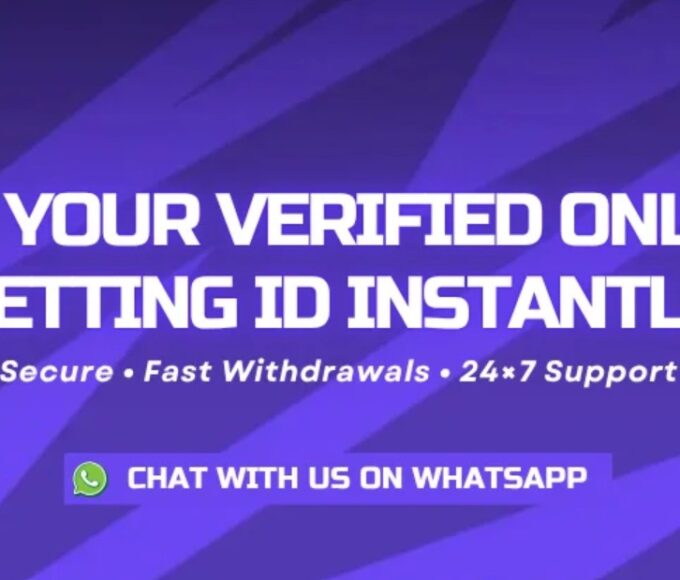E-scooters have become a modern-day solution for quick, eco-friendly, and affordable transportation. As urban mobility evolves, more riders are asking a crucial question—how fast do e scooters go? Whether you’re a daily commuter, an adventure seeker, or simply someone interested in practical alternatives to cars, understanding e-scooter speed is key. This article explores everything about electric scooter speed, the factors affecting it, and why brands like Dakeyabike are leading the way in offering high-performance models.
The Average Speed of E-Scooters
Electric scooters, on average, travel between 15 to 25 kilometers per hour (km/h). This range provides a balance between safety, battery efficiency, and practicality for city commuting. However, the top speed can vary depending on the model, brand, and intended use.
Standard commuter scooters—like many offered by Dakeyabike—are usually capped at 25 km/h to comply with local traffic regulations. In contrast, high-performance or off-road models can reach speeds of 40 to 60 km/h or more.
Speed Classifications: From Beginners to Experts
E-scooters are generally categorized into three speed-based classes:
Entry-Level Scooters (Up to 20 km/h): Ideal for beginners, students, or teenagers, these models are great for learning and shorter trips.
Mid-Range Commuters (25–35 km/h): These are commonly used in cities and are great for daily commuting.
High-Speed Scooters (40 km/h and above): Designed for experienced riders, these models offer performance and range suitable for longer or adventurous rides.
Dakeyabike offers models across all these categories, ensuring that every rider finds a scooter that matches their speed and comfort needs.
Factors That Affect E-Scooter Speed
Speed doesn’t rely solely on motor power. Several variables influence how fast your e-scooter can actually go:
1. Motor Power and Type
E-scooters typically come with motors ranging from 250 watts to over 1000 watts. A 250W motor may struggle uphill and limit speed, while a 500W+ motor gives stronger acceleration and higher top speeds. Dakeyabike equips many of its models with efficient, brushless motors that strike a balance between speed and energy consumption.
2. Battery Capacity
The battery doesn’t just affect range—it impacts speed consistency. A high-voltage battery maintains motor power more efficiently, allowing the scooter to perform at top speeds for longer periods.
3. Weight and Terrain
The total load on the scooter (rider + gear) affects how fast it can go. Heavier loads reduce top speed, especially on inclines. Also, rough or uphill terrain requires more power, which can limit speed. For example, Dakeyabike’s off-road series is optimized for such conditions without compromising performance.
4. Tire Size and Type
Larger pneumatic tires offer smoother rides and better speed stability, especially on uneven surfaces. Solid tires may reduce the chance of flats but can compromise comfort and speed.
5. Weather Conditions
Strong headwinds or wet roads can influence how fast your scooter feels or functions. Traction and motor response might be reduced in rain, so always ride with caution.
Legal Speed Limits in Different Regions
It’s important to note that legal speed limits for e-scooters vary around the world:
Europe: Most EU countries restrict e-scooters to 25 km/h on public roads.
United States: Some states allow up to 32 km/h (20 mph), but local laws may vary.
Asia: Regulations differ greatly—some areas have no limit, while others strictly enforce a cap.
Dakeyabike always encourages riders to adhere to local laws and provides models with adjustable speed settings to ensure compliance.
Why Speed Isn’t Everything
While it’s thrilling to have an e-scooter that zooms at high speeds, it’s essential to consider safety, control, and battery efficiency. Going faster means needing stronger brakes, better suspension, and increased rider awareness.
Dakeyabike ensures that even its high-speed models come equipped with dual braking systems, robust suspensions, and high-traction tires—so speed never comes at the cost of safety.
How to Choose the Right Speed for Your Needs
Not everyone needs a 60 km/h electric scooter. Here’s how to match speed with purpose:
Daily commuting (up to 25 km/h): Perfect for office-goers and city dwellers. Look into Dakeyabike’s Urban Pro Series.
Delivery and long-range rides (30–40 km/h): Ideal for delivery riders or longer city routes. Try Dakeyabike’s Rider Max Edition.
Adventure or off-road (40+ km/h): If you want thrill and power, go for Dakeyabike’s Off-Road Beast models.
Choosing the right model depends on how and where you’ll ride.
FAQs
1. How fast can the fastest e-scooters go?
Some performance models can reach speeds up to 80 km/h, but these are typically for off-road or private use. Dakeyabike offers models in the 60 km/h range for experienced riders who crave speed and adventure.
2. Can I increase the speed of my e-scooter?
In some cases, you can unlock higher speed modes through the scooter’s settings, but this may void warranties or breach local regulations. Dakeyabike recommends using only approved settings for safe riding.
3. Are faster e-scooters more expensive?
Generally, yes. Higher speed requires better motors, batteries, and braking systems. However, Dakeyabike offers competitive pricing across all speed categories without compromising on quality or features.
Conclusion
So, how fast do e scooters go? The answer depends on the model, motor, and usage conditions—but most commuter scooters travel around 25 km/h, while advanced models can exceed 60 km/h. When choosing an e-scooter, speed is important, but safety, design, and legal compliance should come first.
Dakeyabike offers a wide range of electric scooters tailored to different speed requirements, riding preferences, and road conditions. Whether you’re a casual city rider or a speed enthusiast, there’s a Dakeyabike model designed just for you. Choose wisely, ride safely, and enjoy the electric revolution.















Leave a comment